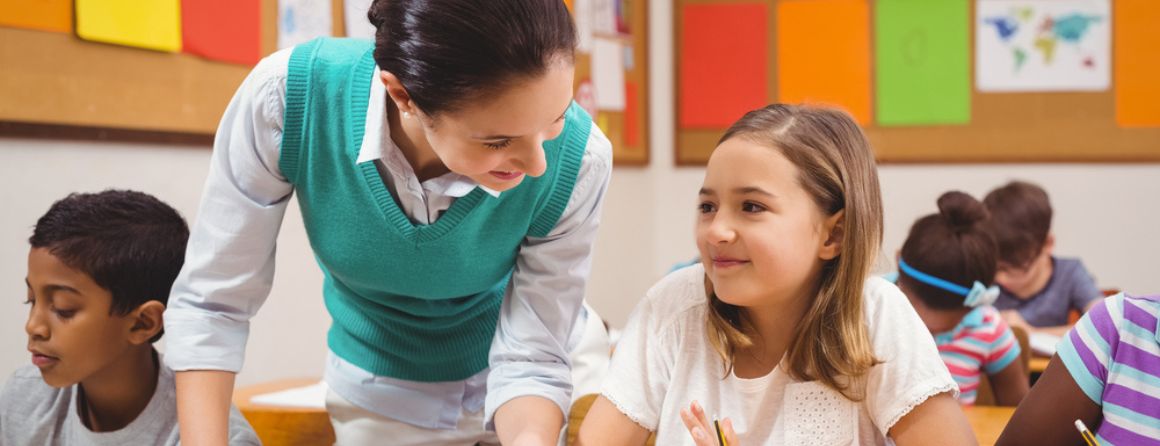New well-being tool heralded a game-changer for children’s mental health

A new tool is being heralded by experts as a game-changer for children’s mental health by reducing stigma, detecting those who are struggling and linking them to early support services.
The Children’s Wellbeing Continuum, designed by the Murdoch Children’s Research Institute and recommended in the National Strategy for Child Mental Health and Wellbeing, is an evidence-based tool created to start conversations around children’s well-being and assist in identifying those who are struggling at an early stage where intervention may prevent progression to more serious mental health problems.
Murdoch Children’s Professor Frank Oberklaid said the tool, a first in the child mental health space, provided a snapshot of a child’s social and emotional well-being at a point in time.
“A continuum-based model recognises that children’s mental health and well-being is dynamic and often changes over time,” he said. The model destigmatises child mental health issues, builds bridges between the education and health sector and addresses some of the barriers in seeking help before problems become more severe.”
National Mental Health Commission Executive Director Alex Hains said, “Using the continuum focuses on a child’s functioning rather than whether they meet certain diagnostic criteria. This approach will help promote a system that intervenes earlier and is more approachable for children and their families.”
Professor Oberklaid said the tool was already being used as a successful conversation starter in classrooms, households and GP clinics and hoped it would be widely adopted across Australia.
“The feedback we have received has been overwhelmingly positive and the tool has been described as a real game changer,” Professor Oberklaid said. The creation of a shared language has given teachers and parents the confidence to promote and nurture good mental health, recognise emerging problems and access appropriate support in a timely manner.”
Professor Oberklaid said the terminology for the continuum, designed for children aged two to 12 years, had been carefully considered and tested by health workers, educators, parents and caregivers.
The four anchor points of the continuum range from ‘Good’ through to ‘Coping’, ‘Struggling’ and ‘Overwhelmed’.
About one in seven children experience a mental health diagnosis in any 12-month period and another 10 per cent are struggling with symptoms that impact everyday activities. Half of all mental health conditions start in childhood, with COVID-19 lockdowns exacerbating or triggering symptoms.
Professor Oberklaid said, “The language used to describe a child’s mental health and well-being has an important effect on how mental health is understood,” he said. For many families, mental health is not an easy topic to discuss, so tools that help to open up a conversation about how a child is feeling shifts the dialogue to a focus on the child and not a diagnosis. Normalising conversations about children’s well-being provides an opportunity to move the pendulum towards prevention and early intervention.”
The tool was recently introduced in schools involved in the Mental Health in Primary Schools Program (MHIPS). The program embeds a child mental health and well-being co-ordinator within classrooms to help identify and manage emerging mental health issues. By 2026 it will be expanded to every government and low-fee non-government primary school in Victoria.
Thomastown West Primary School Mental Health and Well-being Coordinator Gita Peterson said her school had found the tool to be extremely helpful, giving them the confidence to better identify when students may be struggling or feeling overwhelmed.
Ms Peterson said many Prep to Grade 2 students, in particular, were displaying stress and anxiety symptoms due to a lack of social awareness, largely due to the impact of COVID-19 lockdowns. Many students from all grade levels also struggled with work stamina when on-site classes resumed, she said.
“The tool has been a great resource to alert teachers to when they should be concerned about a student and take the next steps,” Ms Peterson said.
“It can take months before a child is medically assessed and diagnosed but this resource is user-friendly, giving non-mental health experts the ability to track a child’s mental state.”
Ms Peterson said several students had been identified as struggling and overwhelmed through using the continuum.
“Post COVID-19, with the increase in students experiencing poor mental health, there is a greater risk that some will fall through the cracks,” she said.
Ms Peterson said she highly recommended other schools adopt the tool, which had become the cornerstone of their school’s mental health plan.
Rachel Smith said the tool helped with initial conversations when explaining her son’s mental health problems to pediatricians and teachers.
Her son, 8, has challenges with regulating his emotions, negative thoughts about himself, and trouble with sleeping and learning in a classroom environment.
“It’s hard when your child is struggling, and having to articulate this to others can be overwhelming,” Rachel said. But I found the tool incredibly helpful to describe and unpack what he is going through. Rather than being vague and unsure, we could clearly explain his challenges, which meant we could get the right support for him.”
Available for interview:
Professor Frank Oberklaid Murdoch Children’s Group Leader, Population Health
Gita Peterson, Thomastown West Primary School Mental Health and Well-being Co-ordinator
Dr Scott Parsons, Melbourne GP
Rachel Smith, whose son, 8, has mental health challenges
Media Contact
Murdoch Children's Research Institute
Phone: show phone number
Email:
show email address
About Murdoch Children’s Research Institute
The Murdoch Children's Research Institute is the largest child health research institute in Australia committed to making discoveries and developing treatments to improve child and adolescent health in Australia and around the world. They are pioneering new treatments, trialling better vaccines and improving ways of diagnosing and helping sick babies, children and adolescents. It is one of the only research institutes in Australia to offer genetic testing to find answers for families of children with previously undiagnosed conditions.
Funding:
The National Mental Health Commission helped to fund the development of the continuum.



